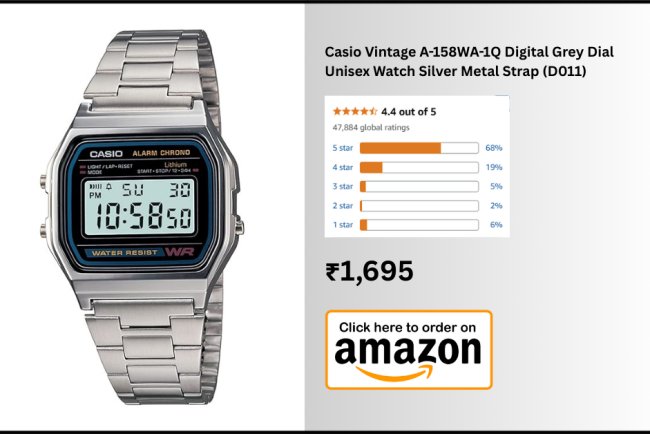The Crafting Process of a Monokini: From Concept to Creation
Discover the step-by-step process of crafting a monokini, from fabric selection to final production. Learn about the intricate design, quality materials, and expert craftsmanship that go into creating the perfect monokini for stylish, confident swimwear.

Monokinis are a bold, stylish alternative to traditional swimsuits, offering a unique combination of coverage and daring design. Crafting a monokini involves a meticulous process, blending fashion-forward thinking with expert craftsmanship. Here’s a look at how these stunning one-piece swimsuits come to life.
Step 1: Design Concept and Inspiration
Every monokini starts with an idea. Designers often draw inspiration from various sources, such as the latest fashion trends, past collections, or unique cultural references. The goal is to create a design that is both visually appealing and functional. Monokinis often feature cutouts, asymmetrical shapes, and intricate strap designs, which must be carefully planned out to ensure a balanced and flattering look.
During this phase, sketches are drawn, and digital designs are created. Designers also consider the target audience and market trends, tailoring the design to suit different body types and personal preferences. The design process also includes deciding on the monokini’s silhouette, whether it will be high-waisted, low-cut, or feature one-piece or two-piece elements.
Step 2: Fabric Selection
Once the design is finalized, selecting the right fabric is critical. Monokinis require materials that are both stylish and functional. The fabric must be comfortable against the skin, stretchable, and quick-drying. Common fabrics used for monokinis include Lycra, spandex, and nylon, which are known for their durability and ability to maintain their shape even after long exposure to water.
Fabric selection is not just about practicality; the color, texture, and finish also play an important role in the overall aesthetic. Designers choose materials that will enhance the design, whether it’s a shiny metallic fabric, a soft matte texture, or a vibrant printed pattern.
Step 3: Pattern Making
Pattern making is the next crucial step in the monokini creation process. A pattern is a template used to cut the fabric accurately. For monokinis, this step involves mapping out every curve, strap, and cutout with precision. The pattern must be scaled properly to ensure the monokini fits correctly for different sizes.
Pattern makers may create multiple variations to find the best fit and style. This step can involve creating test prototypes, adjusting the patterns, and even making small tweaks to improve the overall design. These prototypes are essential for ensuring that the monokini will not only look great but also fit comfortably and flatter the wearer’s body.
Step 4: Sewing and Assembly
After the fabric is cut according to the pattern, it’s time for sewing. Skilled seamstresses carefully stitch the pieces together using industrial sewing machines. This is a delicate and meticulous process, as monokinis often feature complex designs with various straps, cups, and cutouts. The seams must be strong to withstand the wear and tear that comes with swimming, while also being smooth and discreet to ensure comfort.
Elastic threads are often used in the construction to allow for stretch, and special techniques are applied to ensure that the edges are finished neatly to prevent fraying. Designers also incorporate supportive features such as built-in cups or underwire, which are sewn into the garment for added comfort and shape.
Step 5: Quality Control and Testing
Before the monokini is deemed ready for the market, it undergoes rigorous quality control. Each piece is thoroughly inspected for defects, such as uneven stitching, faulty straps, or fabric damage. The garment is also tested for durability in water, ensuring that the colors won’t fade, the fabric won’t stretch out of shape, and the monokini maintains its integrity after repeated use.
Some swimwear brands may also conduct wear tests, where models wear the monokinis in real-life conditions to evaluate their fit, comfort, and performance. Any necessary adjustments are made to perfect the final product.
Step 6: Packaging and Distribution
Once the monokini passes quality control, it’s carefully folded and packaged for distribution. Packaging plays a crucial role in protecting the garment during transit and ensuring it reaches the customer in pristine condition. Sustainable packaging options are often chosen to align with eco-friendly practices, which are becoming increasingly important in the fashion industry.
Finally, the monokini is ready to hit the market, where it will be distributed through online stores, retailers, or exclusive boutiques. Marketing efforts, such as photoshoots, influencer partnerships, and advertisements, help promote the new monokini designs to potential customers.
Creating a monokini is a complex, multifaceted process that blends creativity, technical expertise, and attention to detail. From initial design sketches to the final finished product, each step is essential in crafting a swimsuit that offers both beauty and function. By using high-quality fabrics, skilled craftsmanship, and precision tailoring, swimwear manufacturers can create monokinis that are as durable as they are stylish, ready to make a statement wherever they are worn.
What's Your Reaction?

































